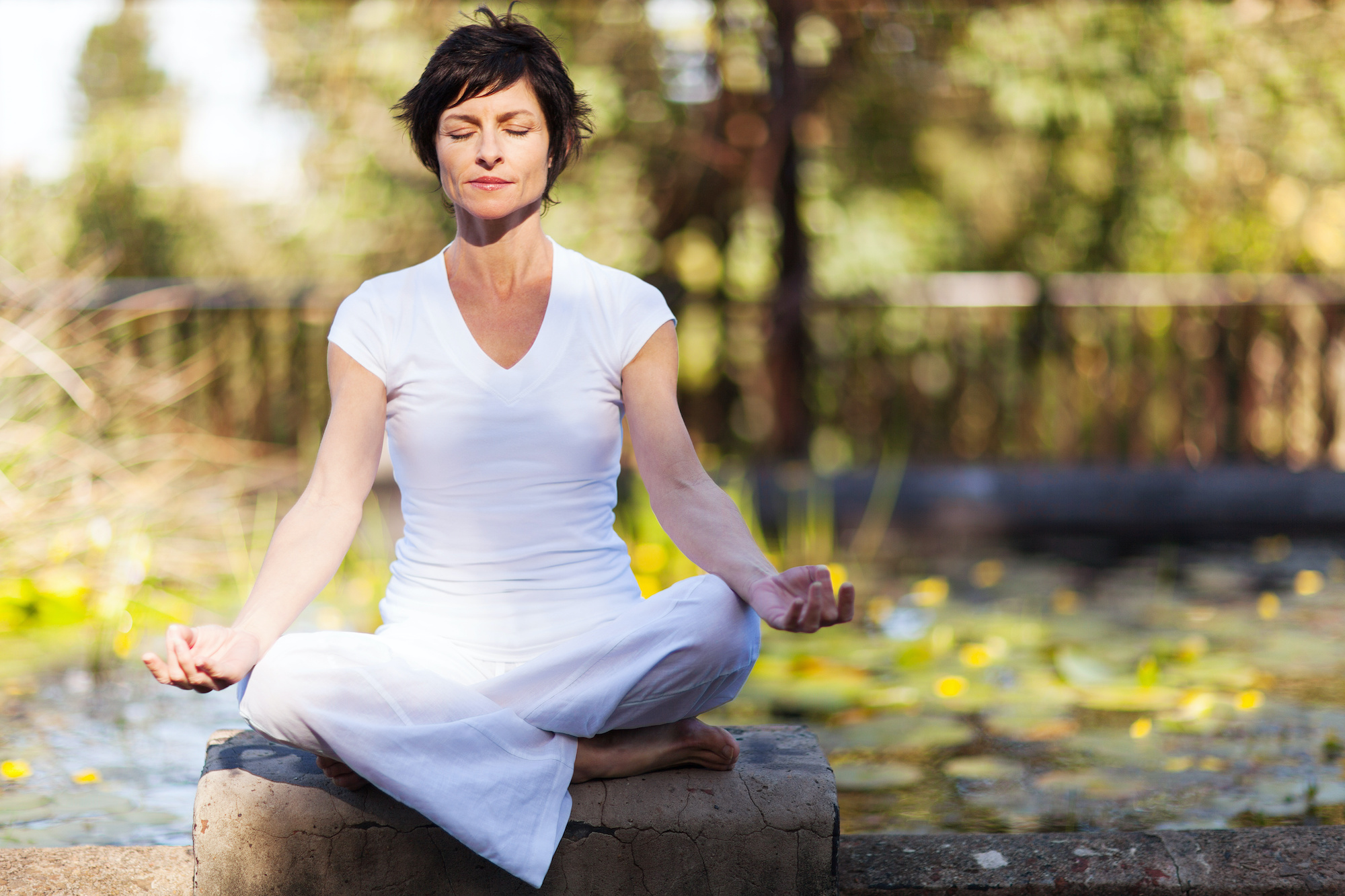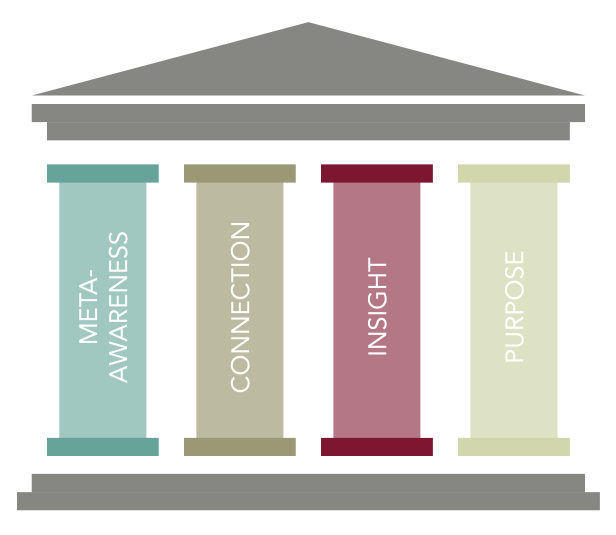How To Be Healthy When Working From Home

Q: I am really struggling with working from home. What should I do?
A: The typical work situation has changed dramatically since Covid. One of the outcomes was a mass migration of office workers from downtown to their dens. A variety of research on the phenomena has found both positive and negative ramifications, however, one thing all university and corporate research has pointed out is that for the foreseeable future—even well after Covid—work will be remote or from a hybrid of locations, and mostly virtual. How do we as managers and employees prepare for this change?
With 80% of “non-service” employers now permitting at least some part-time work from home, strategies are required that build employee satisfaction and productivity for the new reality. The main struggle for homebound employees is work-life balance, distractions, and loneliness from isolation, while corporations struggle to maintain the inter-employee relationships that are so vital to trust, team collaboration, and creative synergy.
For many, the honeymoon phase of working from home is over with some 55% of employees struggling from distractions such as family-shared workspace, children and pets needing attention and support, and negative world news affecting their fear of the future. But even with more flexibility to manage work hours than ever before, 66% of 2000 office workers surveyed are working more nights and weekends than they did before, and 49% find it difficult to keep boundaries, while 59% feel less effective. The blurring of work-life balance is showing up in degradation of physical, mental, and emotional health. Lack of gym and studio access, proximity to the fridge, and the ease for interruptions from the virtual world to pop up are having a negative effect on healthy lifestyle habits as well as productivity. Physical isolation is also taking its toll. The post-grad 20 to 30-year-olds who moved to a new city for employment were counting on coworkers for friendships. Zoom fatigue is setting in and many meeting participants stay blank screened (don’t turn on video), allowing the few extroverts to carry meetings. The “heartbeat” of the office where serendipitous encounters in the hall or spontaneous collaboration at the coffee machine which build trust and relationships through countless unscheduled gestures and interactions has gone missing.
The managers of the future will need to be savvy on technology and off-site work efficiency practices, but also be able to leverage virtual relationships, trust, and team synergy if they want to be leaders in maximizing employee happiness, creativity, effectiveness, and longevity. Though many surveyed employees appreciate the trust from their managers to work from home, and the freedom to customize their day, they are often complaining of boredom and loneliness. It’s too easy for distance workgroups to lose a sense of belonging, feel disconnected from the culture of the organization, and lose sight and commitment to the corporation’s aims and objectives. This can lead to withdrawal and apathy.
Now is the time to realize we are not just coping with a singular crisis. The way we work is going to change forever. So here are some considerations for both employees and management to build the healthiest and effective virtual teams:
- Create strategies and protocols that schedule work and life separation, while allowing for some freedom and flexibility
- Utilize the old commute time for personal health resourcing and stress reduction
- Invest in virtual team-building activities that transmit the corporate culture of health, connection, and co-creation
- Utilize technologies and protocols that foster face to face small group communication for relationship and trust-building which are foundational for effective brainstorming and collaborative solution finding
- Transfer office equipment (stand up desks) and gym pass memberships to home and virtual outlets to support physical health
- Provide workplace and health coaching as well as counseling therapeutic support for individuals who are feeling anxious or depressed from the chronic stress of Covid, but also afterward as we empower a new way of working more virtually
We hope this article helps you with ideas on how to build a sustainable approach to long-term working from home.
What is Mountain Trek?
Mountain Trek is the health reset you’ve been looking for. Our award-winning hiking-based health retreat, immersed in the lush nature of British Columbia, will help you unplug, recharge, and roll back years of stress, anxiety, and unhealthy habits. To learn more about the retreat, and how we can help you reset your health, please email us at info@mountaintrek.com or reach out below:










